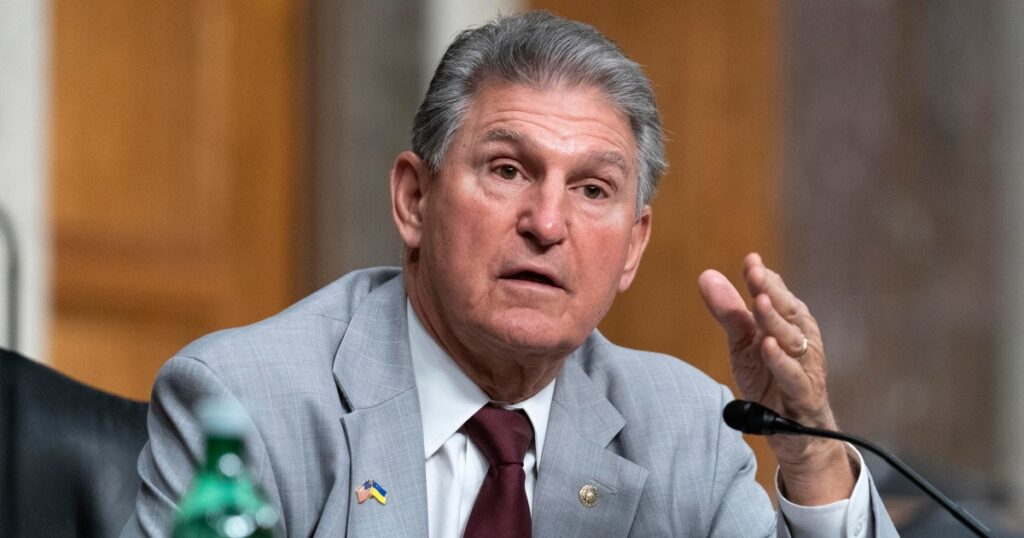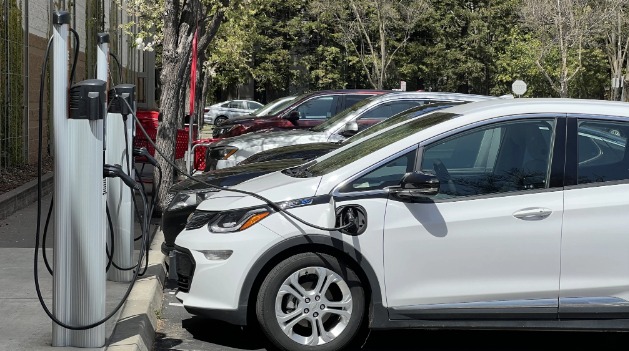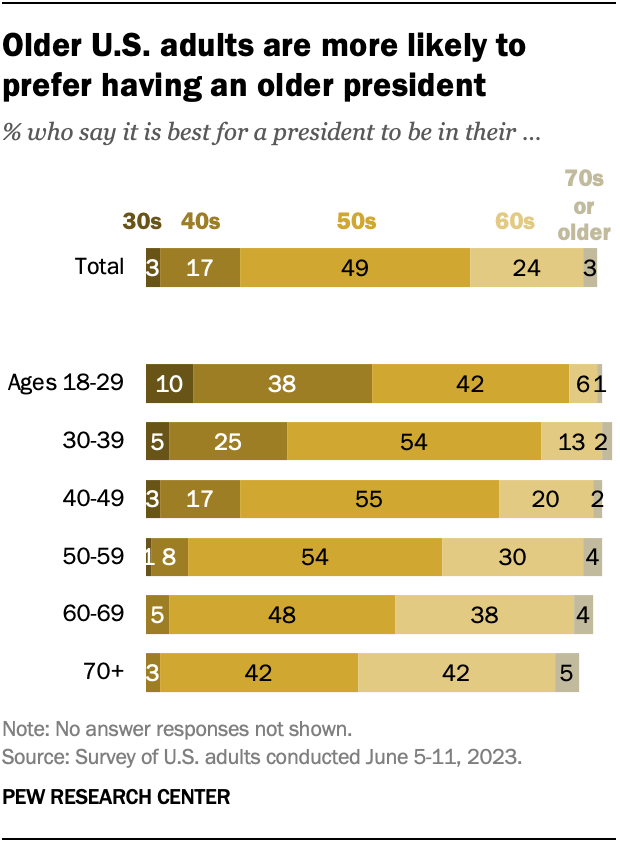Editor’s Note: Sign up for Unlocking the World, CNN Travel’s weekly newsletter. Get the latest news in aviation, food and drink, where to stay and other travel developments.
CNN
—
In travel news this week, the Americans who’ve had enough of the United States and have started new lives overseas, plus everything you need to know about Europe’s new visa waiver scheme. And while this Labor Day weekend marks the unofficial end of the summer travel season, you might want to think about booking next summer’s trip now. Here’s why.
The turmoil of the past few years has made a lot of people rethink their priorities and decide to start their lives afresh.
The Dawkins family from Texas – 59-year-old Nadine, 61-year-old Kim and their adult children – bought a home in the little Italian town of Latronico after tiring of the US political climate and reading CNN Travel stories about houses on sale for a euro.
The Tibb family from North Carolina chose the Italian region of Umbria for their new life, buying an apartment unseen and opening a thriving new restaurant serving Umbrian and Tuscan cuisine.
Finally, Pennsylvanian Alan Andrew and his Belgian husband, Vincent Proost, bought a rundown farmhouse in the Alentejo region of Portugal. It had been abandoned some 50 years, but they started over and built a dream home.
There comes a day in all our lives when we’ve taken our final vacation, whether we realize it at the time or not. That’s why it’s so important to make the most of our health, and our youth, while we have it.
Florida mother Terry Ward took her son out of school for the first week of first grade for a trip to Canada to spot polar bears and beluga whales. Here’s why she doesn’t regret her decision.
And CNN talked to these Gen Z workers who were burned out by their jobs and the pressures of coming of age during a pandemic. So they quit their jobs and set out traveling.
If you’re still in your teens or 20s, there are a lot of amazing discounts, experiences and adventures available only to those younger than 30. We’ve rounded up some of the best, from cut-price air fares to working vacation visas.
If you have some backpacking trips ahead, our partners at CNN Underscored, a product reviews and recommendations guide owned by CNN, have put together the ultimate hostel packing list, according to budget travel experts.
Price-gouging has long been one of the hazards of traveling, but 2023 has seen some egregious examples of rip-offs in Italy, from a two-euro charge for slicing a sandwich to tourists to being billed 60 euros for two coffees and two waters.
From next year, it won’t even be free to travel to Europe. The new ETIAS visa waiver program will allow entry into EU countries for fees starting at $7.70. Here’s all you need to know about it and Europe’s city taxes.
Over in Asia, the Himalayan kingdom of Bhutan is to halve the $200 daily fee it charges tourists in an effort to lure more visitors a year after lifting Covid restrictions.
Isolated for generations, Bhutan has always been wary of the impact of mass tourism but its economy is needing that recovery boost.
At the Oriental Pearl restaurant in Ho Chi Minh City, Vietnam, pho is slow-cooked and simmered for up to 48 hours and served with gold leaf, wagyu beef and foie gras. It costs $170 a bowl, but fans say it’s spectacular.
Over in Tokyo, Take-Noko cafe serves up insect cuisine, from cricket curry and silkworm sashimi to water bug cider. It’s famously a great source of protein, but ingesting scuttlers isn’t to all tastes.
Finally, one of Hong Kong’s top local specialties is “silk stocking” milk tea. This video shows the unique process that goes into making it.
<div data-uri="cms.cnn.com/_components/video-resource/instances/clm0tmyqj001j3b6f05jtpk1f@published" data-component-name="video-resource" data-editable="settings" class="video-resource" data-fixed-ratio="16×9" data-video-id="world/2023/08/31/exp-auckland-proposal-pkg-083102aseg3-cnni-world.cnn" data-live="" data-analytics-aggregate-events="true" data-custom-experience="" data-asset-type="hlsTs" data-medium-env="prod" data-autostart="unmuted" data-show-ads="true" data-source="CNN" data-featured-video="true" data-headline="Man proposes to girlfriend at Auckland Airport in New Zealand" data-description="Riiya Shukla got the surprise of a lifetime when her boyfriend proposed to her at Auckland Airport.
" data-duration="01:08" data-source-html=' – Source:
CNN
‘ data-fave-thumbnails='{“big”: { “uri”: “https://media.cnn.com/api/v1/images/stellar/prod/230831031908-exp-auckland-proposal-pkg-083102aseg3-cnni-world-00002001.png?c=16×9&q=h_540,w_960,c_fill” }, “small”: { “uri”: “https://media.cnn.com/api/v1/images/stellar/prod/230831031908-exp-auckland-proposal-pkg-083102aseg3-cnni-world-00002001.png?c=16×9&q=h_540,w_960,c_fill” } }’ data-vr-video=”false” data-show-html=”” data-check-event-based-preview=”” data-network-id=”” data-details=”” readability=”5.8181818181818″>

Man proposes to girlfriend at Auckland Airport in New Zealand
Riiya Shukla heard her boyfriend’s voice on the PA system at Auckland Airport. Then she – and everyone else in the terminal – heard the marriage proposal.
The “Norway of Arabia” is home to the world’s only desert fjords.
Discover the Musandam Peninsula.
She texted her mom the night they met: “I met my husband.”
Here’s what happened next.
The bohemian paradise that became a magnet for superyachts.
There’s a reason visitors keep coming to Antalya.
Instagram is making you a worse tourist.
Here’s how to travel respectfully.








